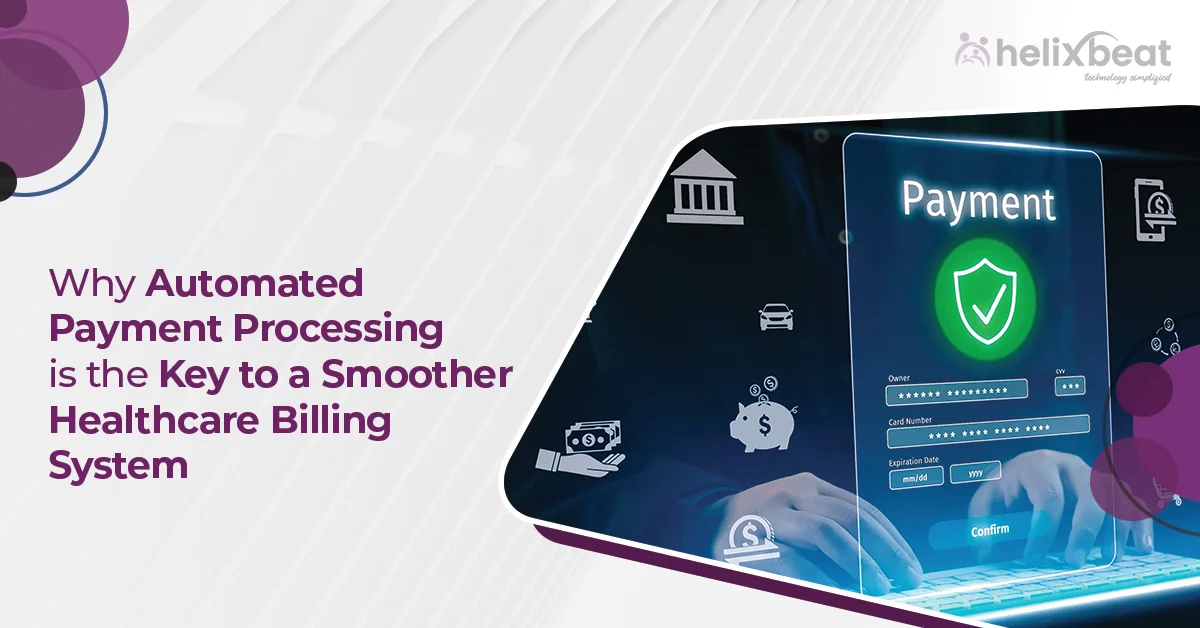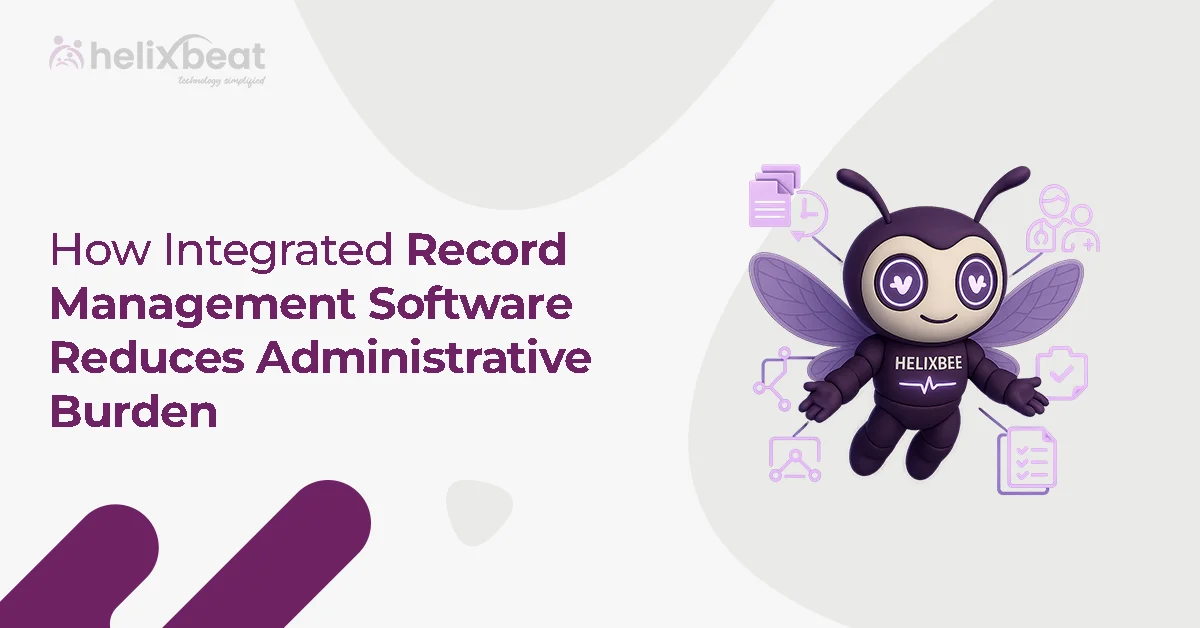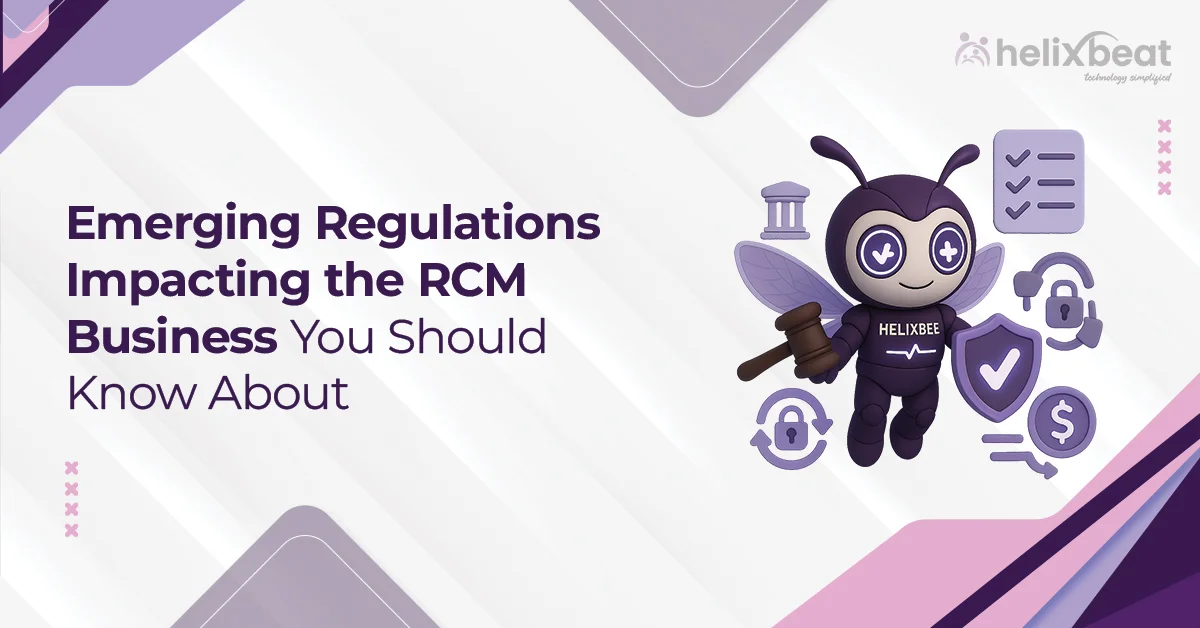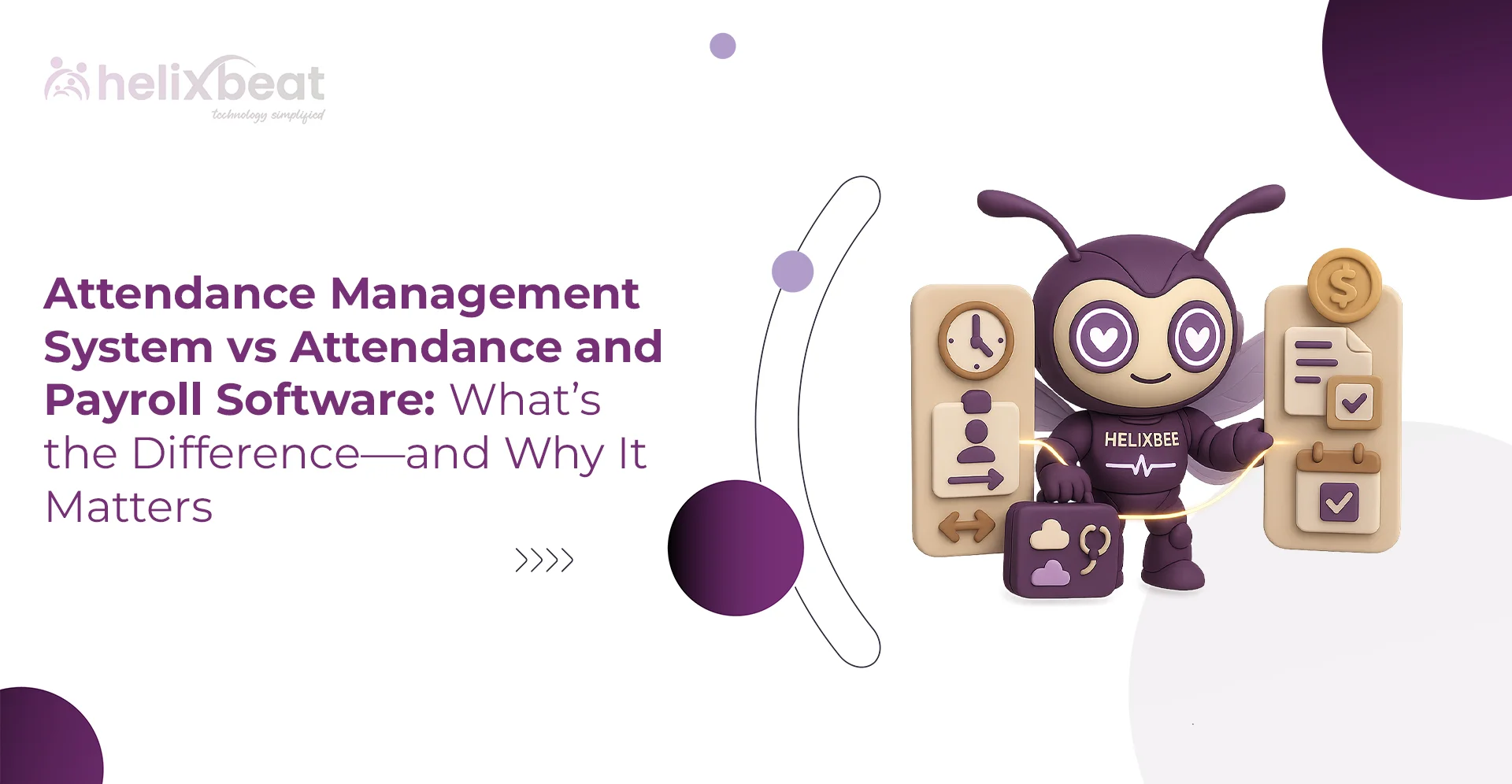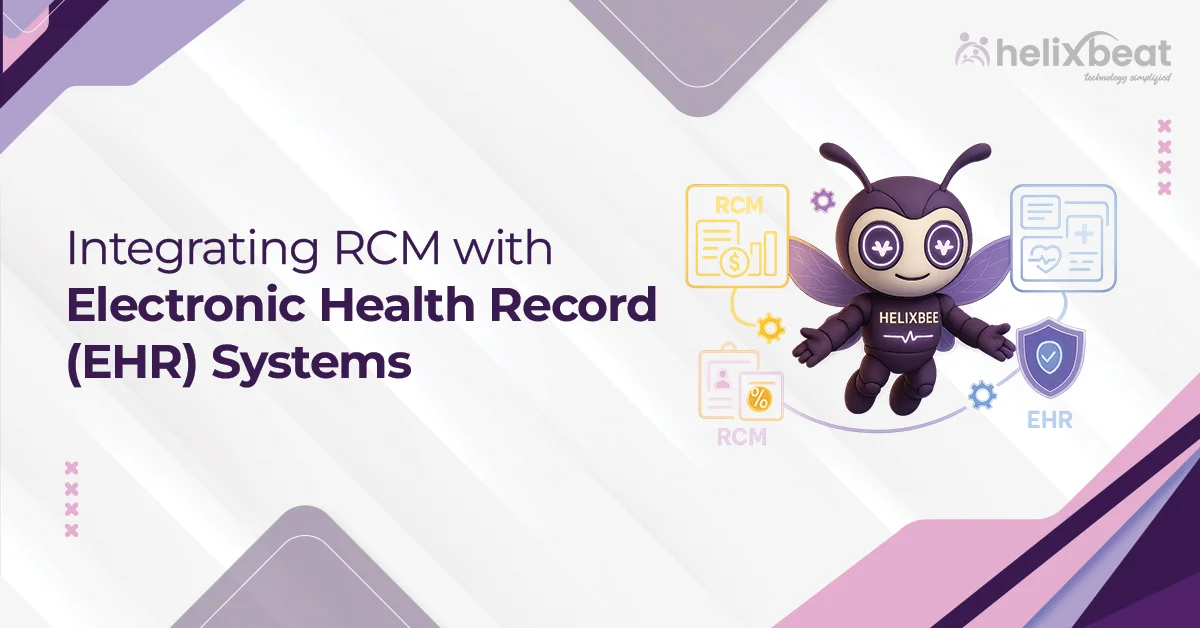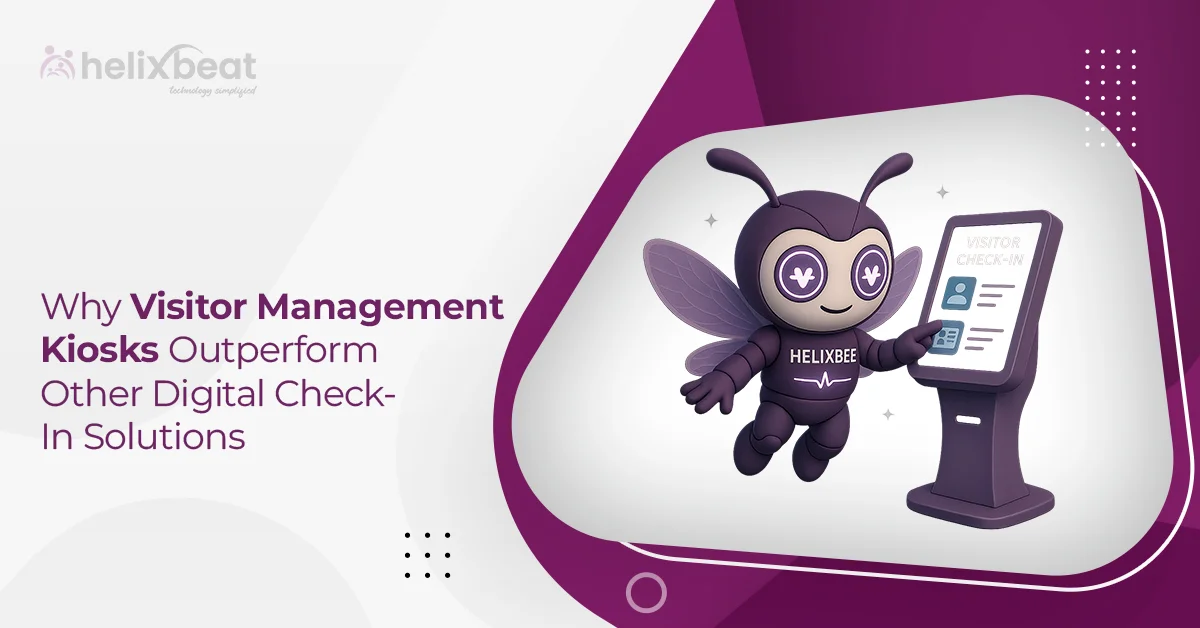Table of Contents
Introduction
Picture this: You’ve just left a doctor’s office after a consultation, and the last thing you want is to deal with a complicated bill. Yet, for many patients, there is endless back-and-forths with billing departments, vague invoices, and frustrating delays. For healthcare providers, it’s the same—hours spent manually tracking down payments, entering patient information, and chasing insurance claims. This tangled mess leads to inefficiencies, errors, and a poor experience for everyone involved.
But what if there was a way to turn this chaos into clarity? Imagine a system where billing is seamless, payments are processed in real-time, and both patients and providers have transparency every step of the way. This is where automated payment processing comes in—a game-changer that simplifies the entire billing process, boosts accuracy, and transforms the patient experience. Let’s find out how Paynova can revolutionize the way we handle healthcare payments.
Understanding Healthcare Billing Systems
Healthcare billing systems are responsible for processing patient payments, submitting claims to insurance companies, and managing patient accounts. These systems deal with various types of payments, including insurance claims, out-of-pocket payments, co-pays, and deductibles. In addition, healthcare billing often involves interactions with multiple insurance providers, patient payment plans, and government programs such as Medicaid and Medicare.
Traditionally, healthcare billing has been a manual and paper-intensive process. This process often involves a lot of human intervention, including entering patient data, verifying insurance information, submitting claims, and managing payment records. Despite the importance of these tasks, the manual system can be slow, error-prone, and prone to discrepancies. As a result, healthcare providers face challenges like delayed payments, increased administrative costs, and higher rates of claim rejections.
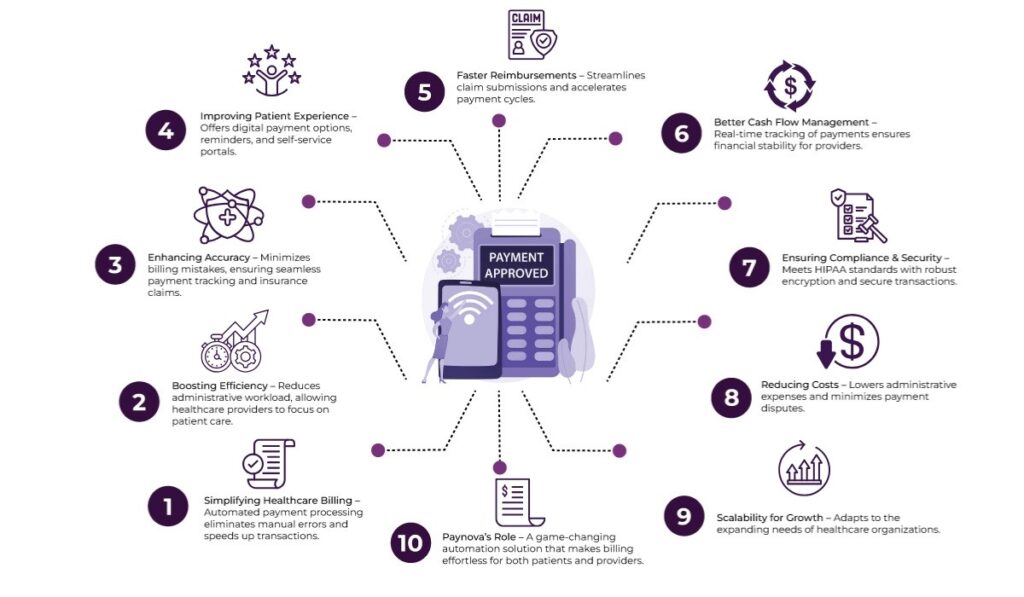
What is Automated Payment Processing?
Automated payment processing involves using technology and software to handle the entire payment lifecycle, from billing to collections. With automated payment processing systems, healthcare providers can streamline and expedite the billing process by eliminating manual intervention in tasks like claim submission, payment tracking, and patient invoicing. Automation enables healthcare organizations to collect payments more efficiently, reduce human error, and accelerate cash flow.
Automated payment processing integrates seamlessly with electronic health records (EHR), practice management software, and insurance claim systems through secure payment platforms. As a result, patients can make payments through various digital methods, such as credit or debit cards, ACH transfers, or mobile wallets, while healthcare providers can easily track payments, reconcile accounts, and update records in real time.
The Benefits of Automated Payment Processing in Healthcare Billing
- Increased Efficiency and Time Savings
One of the primary advantages of automating payment processing in healthcare is the drastic increase in efficiency. Automated systems can handle routine billing tasks, such as verifying insurance eligibility, generating invoices, and sending out payment reminders, without human intervention. This reduces the administrative burden on healthcare staff, allowing them to focus on more important tasks, such as patient care.
Automated systems can also significantly speed up the payment cycle. With fewer manual steps involved, payments are processed more quickly, reducing the time it takes for healthcare providers to receive compensation for their services. This leads to better cash flow and reduced instances of delayed payments.
- Improved Accuracy and Reduced Errors
Manual billing processes are highly susceptible to human errors. Whether it’s entering incorrect patient information, submitting claims to the wrong insurance provider, or miscalculating co-pays, these mistakes can result in claim rejections, delayed payments, or even legal issues. Automated payment systems eliminate many of these errors by leveraging data integration and real-time validation.
For instance, automated systems can cross-check patient details against databases to ensure that insurance coverage is up-to-date and accurate before submitting claims. This minimizes the risk of errors in claims submissions and ensures that payments are processed correctly the first time. With reduced errors, healthcare providers can avoid costly resubmissions, increasing the likelihood of timely payments.
- Enhanced Patient Experience
For patients, paying medical bills can often be a cumbersome process. Long wait times on the phone, unclear bills, and limited payment options contribute to an overall negative experience. Automated payment processing systems allow patients to make payments easily and conveniently through digital channels. Patients can view their bills online, choose from multiple payment methods, and even set up recurring payments for ongoing treatments or appointments.
In addition, automated systems send timely payment reminders via email or text, helping patients stay on top of their billing schedules and avoid late fees. The ease of use and convenience offered by automated payment systems can increase patient satisfaction and trust in healthcare providers, leading to higher patient retention and improved relationships.
- Faster Reimbursement and Better Cash Flow Management
Delayed reimbursements and slow payments from insurance companies are common challenges in healthcare billing. Traditional billing systems require a lot of manual follow-up to ensure that claims are processed and payments are made. With automated payment processing, claims can be submitted electronically, and follow-ups are automated, reducing the amount of time healthcare providers spend chasing payments.
This faster reimbursement cycle improves cash flow, ensuring that healthcare providers have the funds they need to continue offering services. In addition, real-time payment tracking allows healthcare administrators to quickly identify outstanding payments and take proactive steps to resolve issues before they escalate. Automated systems can also generate reports that provide insights into financial performance, helping healthcare organizations make data-driven decisions about billing and collections.
- Better Compliance and Security
Compliance with healthcare regulations, such as the Health Insurance Portability and Accountability Act (HIPAA), is a top priority for healthcare providers. Manual payment processing can leave healthcare organizations vulnerable to compliance breaches, especially when handling sensitive patient information.
Automated payment processing systems are designed with robust security features that ensure compliance with HIPAA and other relevant regulations. These systems encrypt patient data and use secure methods for transmitting payment information, reducing the risk of data breaches or fraud. Automated systems also maintain detailed audit trails, which are essential for compliance reporting and ensuring transparency in financial transactions.
- Cost Savings
One of the most significant benefits of automating payment processing is the potential for cost savings. Manual payment systems are resource-intensive and require dedicated staff to handle billing tasks. By automating routine billing processes, healthcare providers can reduce the need for administrative personnel, lowering labor costs.
In addition, automated systems can minimize the risk of payment errors and claim rejections, which can be costly to resolve. With fewer errors and faster payments, healthcare providers can reduce administrative overhead and improve their bottom line. The improved efficiency and accuracy of automated payment systems translate into a more cost-effective billing process overall.
- Scalability for Growing Healthcare Providers
As healthcare organizations expand, so do the complexities of their billing processes. Managing an increasing volume of patients, claims, and payments manually becomes unsustainable over time. Automated payment processing systems are scalable and can easily accommodate the growing needs of healthcare providers.
Whether a healthcare provider is adding new services, expanding to multiple locations, or managing a larger patient population, automated systems can handle the increased volume without compromising accuracy or efficiency. This scalability ensures that healthcare organizations can continue to provide excellent patient care while maintaining a smooth and streamlined billing process.
Paynova is transforming the healthcare billing landscape with its automation technology, streamlining payment processes, improving operational efficiency, and enhancing the patient experience. By automating healthcare billing, Paynova ensures that healthcare providers can manage their revenue cycles seamlessly, reduce errors, and focus on patient care rather than paperwork. The result is a smoother and more efficient billing system that benefits both providers and patients.
Key Features of Paynova’s Automated Payment Process:
- Automated Payment Collection
Paynova automates the entire payment collection process, ensuring that payments are processed swiftly and efficiently. It enables healthcare providers to collect payments automatically from patients through various channels, including credit/debit cards, bank transfers, and mobile wallets. By automating payments, the system reduces manual effort and potential human errors, leading to faster and more accurate transactions.
- Real-Time Billing and Payment Processing
Paynova’s system processes payments in real time, meaning that once a service is rendered, billing and payment can be completed without delay. This reduces the time spent on back-and-forth communication between healthcare providers and patients, as well as the need for follow-up calls to remind patients about outstanding bills. The real-time feature helps providers to get paid faster, thus improving cash flow.
- Multi-Channel Payment Options
Understanding that patients have different preferences when it comes to paying their bills, Paynova offers multiple payment methods. Patients can pay via online portals, mobile apps, or even automated phone systems, making it easier for them to settle bills on their own terms. The flexibility ensures convenience and promotes timely payments, reducing the risk of overdue accounts.
- Integrated Insurance Claim Processing
Paynova automates insurance claim submissions and tracking, ensuring that claims are submitted accurately and promptly. The system integrates directly with insurance providers, eliminating the need for manual data entry and reducing errors. This feature speeds up the reimbursement process, providing healthcare providers with quicker access to insurance payments and reducing the need for follow-up.
- Patient Payment Portal
Paynova provides an easy-to-use patient payment portal, which allows patients to view their billing statements, track outstanding balances, and make payments at their convenience. This self-service portal empowers patients to take control of their healthcare finances, leading to higher patient satisfaction and fewer billing inquiries for providers.
- Automated Payment Reminders and Notifications
Paynova’s system sends automated reminders to patients about upcoming or overdue payments, ensuring that they stay informed and avoid missing deadlines. These reminders can be sent via email, SMS, or push notifications through the patient portal. Automation of reminders reduces the administrative burden on healthcare providers, allowing staff to focus on more pressing tasks.
- Detailed Reporting and Analytics
Paynova’s automated system provides detailed reporting and analytics, allowing healthcare providers to track revenue, monitor unpaid balances, and identify trends in patient payments. This transparency helps providers make data-driven decisions about their billing processes, identify areas for improvement, and forecast future revenue more accurately.
- Compliance and Security
Paynova is designed to comply with healthcare regulations, including HIPAA, ensuring that patient data is protected throughout the billing and payment process. The system incorporates secure encryption methods, safeguarding sensitive patient information while also adhering to industry standards for data privacy and security.
In conclusion,
Paynova’s automated payment processing isn’t just a helpful tool – it’s a game changer for both healthcare providers and patients. By simplifying billing, reducing mistakes, and speeding up payments, Paynova takes a huge load off everyone’s shoulders. With features like automatic payment collection, seamless insurance claims, and timely reminders, healthcare teams can focus more on patient care and less on administrative tasks.
As the healthcare world grows, adopting Paynova’s automation is the smart way forward to create smoother, more transparent experiences for all. It’s time to leave behind the old, slow systems and embrace a faster, more efficient future.
Frequently asked questions
What is automated payment processing in healthcare?
Automated payment processing uses technology to manage the entire billing and payment cycle, reducing manual work and increasing efficiency in healthcare settings.
How does Paynova improve healthcare billing?
Paynova streamlines payment collection, integrates insurance claim processing, and offers real-time billing, improving cash flow and reducing errors.
What payment methods can patients use with Paynova?
Patients can pay via credit/debit cards, bank transfers, mobile wallets, and online portals, offering flexibility and convenience.
How does Paynova help reduce billing errors?
Paynova automates payment processes, cross-checks data for accuracy, and ensures timely insurance claim submissions, minimizing the risk of mistakes.
Can patients track their payments with Paynova?
Yes, Paynova provides an easy-to-use patient portal where patients can view billing statements, track outstanding balances, and make payments.
How does automated payment processing improve cash flow?
By speeding up payment cycles and reducing manual follow-ups, automated systems like Paynova ensure faster reimbursements and more predictable cash flow.
What security measures does Paynova offer?
Paynova is HIPAA-compliant and uses secure encryption methods to protect sensitive patient data during billing and payment processing.
Is Paynova scalable for growing healthcare practices?
Yes, Paynova’s automated system is designed to scale with healthcare providers, accommodating growth and increasing patient volumes without compromising efficiency



